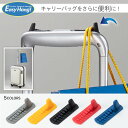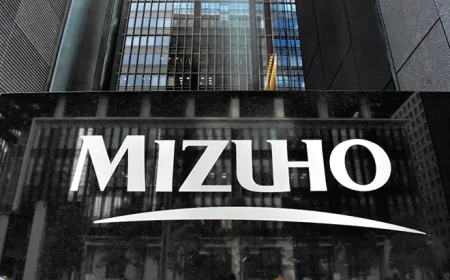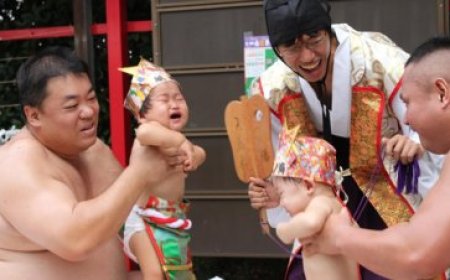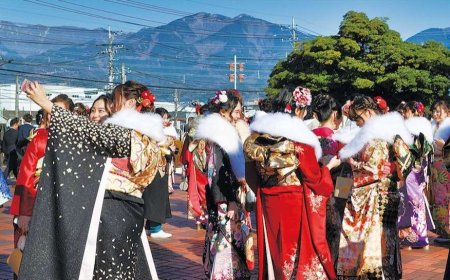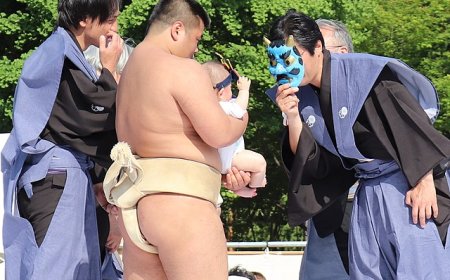Kanda Festival
The Kanda Matsuri is one of Tokyo's three most famous festivals, along with the Sanno Matsuri and the Fukagawa Matsuri.

It takes place in mid-May in odd-numbered years, alternating with the Sanno Matsuri being celebrated in numbered years.
The Kanda Festival consists of many events held throughout the week, but the main action usually happens during the weekends closest to May 15. Highlights are a day-long procession through central Tokyo on Saturday and parade small shrines (mikoshi) in different neighborhoods on Sundays.
The festival started during the Edo period (1603-1867). When the Tokugawa shogun began ruling the country from Edo (now Tokyo), the festival was celebrated as a demonstration of prosperity under the new regime. After that, the Kanda Matsuri and the Sanno Matsuri were the only two festivals allowed through the Edo castle area. Both were held every year, but after the rivalry between the two grew, they were eventually ordered to be held only in other years.
The Kanda Matsuri is a festival of the Kanda Myojin shrine that includes three deities: Daikokuten - the god of harvest and good marriage, Ebisu - the god of fishermen and businessmen, and Taira Masakado - a feudal king of the world the 10th century is revered. Over the years, the Kanda festival has become a celebration for the wealth and fortune of the people.
Saturday – Main procession
On the evening before the main parade, a Shinto ceremony is held to invite the gods of the shrine's three gods into three ornate mikoshi. These portable shrines are the most important part of the procession that takes place on Saturday as they are paraded through the streets of Kanda , Nihonbashi , Otemachi and Akihabara . Accompanying the mikoshi were about a thousand people, including musicians, priests on horses, and many dressed in colorful traditional costumes.
The procession leaves Kanda Myojin Temple at 8 am. At about ten-thirty, a short stop was made for prayers at the old grounds of the court near the Imperial Palace in Tokyo . The procession continues through Otemachi and Kanda prefectures before a lunch break is carried out at about 1:30 p.m. After the procession returns, it passes near the Nihonbashi Bridge and the Nihonbashi Mitsukoshi department store at 16:30. Afterwards, walk along Chuo-dori Street through Akihabara district before returning to the shrine around 19:00.
Also on Saturday, a second procession is held from late afternoon. Start at 15:00 from near Arima Elementary School and head north to Kank Myojin Temple in about three hours. This parade features crowd-loving people like men on horses adorned with samurai uniforms, the festival emerges with characters from popular folk tales and modern pop culture, contemporary musicians and dancers.

Sunday – Mikoshi Parade
On the next day, the spectacle continues with mikoshi parades by various neighborhoods in the Kanda and Nihonbashi districts. In keeping with custom, each neighborhood has a local guardian deity (ujigami) who takes care of the community and their families. During parades, temporary ujigami are placed in mikoshi (portable shrines) and walked through the streets to bless local residents.
A good location to catch the activity is along the main approach to Kanda Myojin Shrine, as most mikoshi end up making their way to the shrine. From around 8:30 a.m. to 5:30 p.m., the neighborhoods with their respective mikoshi will enter the shrine one by one, leading to brightly colored streets, infectious festival music, and a joyful atmosphere. Some neighborhoods in the Nihonbashi area don't visit Kanda Myojin Shrine and instead parade their mikoshi just around their districts.
--------------------------
Injavi.com - Visit in Japan
Related Products





